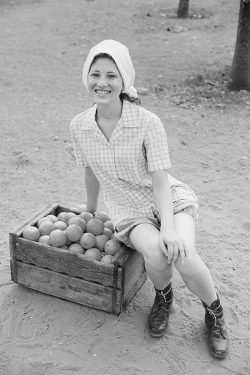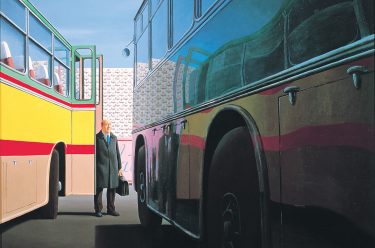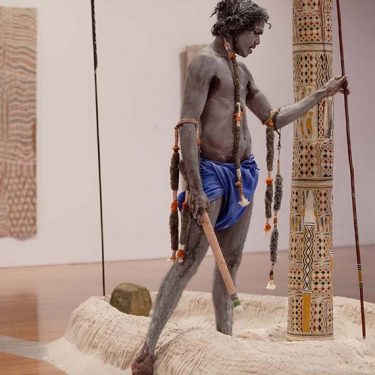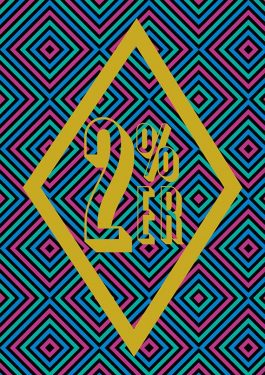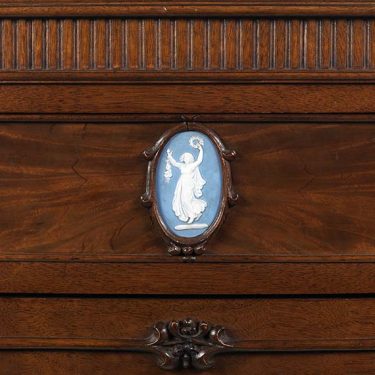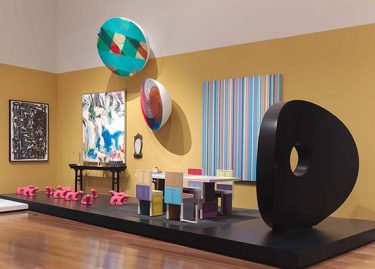Highlight: Yael Bartana ‘The Missing Negatives’
The Gallery recently acquired this subtle yet powerful work by Yael Bartana, whose statements on the relationship between Israelis and Palestinians have come to characterise her practice. Yael Bartana uses photography and video to explore Jewish identity. Born in Afular, Israel, in 1970, to whom she describes as very Zionist parents,(1) Bartana characterises herself as…
Continue reading » “Highlight: Yael Bartana ‘The Missing Negatives’”
